How Do Apple And Google's New Privacy Regulations Affect Digital Advertising In 2021 And Beyond?

I’ll be the first to say it: Digital advertising has changed as we know it, and the road forward could be a bit rocky. As Apple and Google bid adieu to the browser cookie, marketing agencies say goodbye to the “good ol’ days.”
Building a brand has never been an easy task, but for the past several years, if you had enough money and talent, digital advertising was an effective way to get your message across, especially on platforms like Facebook. With the current changes, data privacy advocates might be having the time of their life, but small businesses will suffer the brunt force of these changes.
It’s not all dark clouds though. Instead of dwelling on what was, let’s figure out what can be. There’s still nearly half of the year remaining, and I’m going to help you make some helpful adjustments to your advertising campaigns.
What are these “cookie changes” and how will they impact your business?
In a recent interview with CNBC, Publicis Groupe’s Maurice Levy stated, “Privacy is extremely important, and I think the fact that all those platforms are taking care of the privacy of the consumers and their customers is something which is extraordinarily important. But this is leading to a revisit of the way we are working.”
Apple now requires all apps to get explicit permission from the user to track activity on their devices. Third-party cookies are already off the table on the Safari browser. Similarly, Google is building an alternative cookie for Chrome that allows targeting buckets of customers instead of tracking an individual’s web history.
The result? Concepts like retargeting and lookalike audiences might cease to exist. Many marketing and ad agencies are crying foul to this, as it essentially nips the mobile advertising sector right in the bud.
What can you do to combat the effects of Apple and Google eliminating tracking capabilities?
As paid marketing channels lose their luster, organic efforts will shine through with complete glory. Think about it — you need to get in front of your audience by hook or by crook, so what better way to do that than building a brand based on an actual content strategy? Plus, there is little to no cash burn involved.
There is a small catch here, though. You need to be authentic and put effort into crafting your brand’s message and offer. By that, I mean your brand should tell a story that invites people to be a part of it and makes them feel like they belong to something much bigger than just themselves. It’s this concept that will get your products and services into the hands of consumers and keep them coming back.
It is imperative to note that it will require serious effort to build a brand that stands the test of time. While a well-researched content strategy is your best friend here, stepping out of your shell to aggressively capture social media platforms like Instagram and TikTok may be the key differentiator. Sit down with your team and ask yourselves:
• What challenges does your average customer experience in their personal life?
• What is the problem you solve most often for your customers?
• What makes you different than other brands in your industry?
• What’s the No. 1 thing people ask your company for help with?
• What have you learned throughout your team’s experience (make a list)?
How can you make a simple content strategy for your business?
Storytelling is the most underrated power of the marketing industry. Most brands miss the mark by simply speaking about how great or well-established they are or only talking about their product. Seldom do brands put in the effort to create relatability.
If you can connect with your audience genuinely and authentically, you’ll be able to overcome any challenges that the loss of digital advertising leaves us with.
It’s all about finding that bridge you can create between your offering and the customer’s need. The simpler, the better. Think about creating a Dream 50 or Dream 100 list of Instagram and TikTok accounts you’d like to collaborate or partner with to help grow your audience.
Here are some ideas to help you start creating a content calendar:
• Works in progress.
• Quote images.
• Team photos.
• Holiday-related posts.
• Behind-the-scenes look.
• Curated images.
• Videos (live interviews, Q&As, etc.).
• Story updates (day-to-day).
• Articles (via your website, Medium and guest posts).
How should you reallocate your old advertising budget?
Let’s assume your advertising campaigns on Facebook and Google were completely wrecked by these recent changes. There are some other ways to spend your marketing dollars effectively.
A website redesign, revamping your brand identity, hiring a better content manager or investing in a branding agency are all great ways to redirect your focus and budget.
Influencer marketing, for example, is on the up and up. A predefined audience ready to hear about your product and willing to go through with the purchase — what more can you ask for? Just be sure to do your due diligence.
The idea is to speak up and speak loudly if you plan to have your brand’s voice heard, but before you post anything, keep the following questions in mind:
• Is this shareable?
• Does this implement “exclusive inclusion”?
• If posting video, does the content immediately identify who it is for? Is it also broad enough to keep a general audience interested?
• Will anyone actually care?
• Is any part of the content boring?
• Is this as simple as humanly possible? Could a third grader understand it?
• Does it immediately invoke attention and hook the viewer?
• Would someone share this with their friends?
• Why would someone comment?
• Is there anything that could be portrayed negatively?
Keep this advice handy as you move into the second half of 2021, and remember that clear brand messaging and a consistent approach to your marketing always win.
Source: Forbes, Miek Metzger (CEO & Founder at Stoqd)


